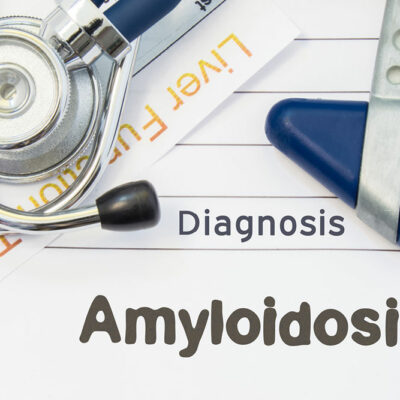
5 Tips for Applying for a Paycheck Protection Program (PPP) Loan
The Paycheck Protection Program (PPP) was introduced as a loan aid program as part of the United States Government’s Coronavirus Aid, Relief and Economic Security (CARES) Act. The $350-billion program is meant to help small businesses in the U.S. with eight weeks of fund assistance via the assistance of federally-guaranteed loans supported by the Small Business Administration (SBA).
Here are some helpful tips to help you successfully apply for a PPP loan:
1. Don’t delay your application
Even though new guidelines have extended the PPP loan application date to end May 31, 2021, it’s not wise to delay submitting your loan application. With many small business employers applying, the PPT loan timeline is currently approximately 2 weeks from when you initially submit your initial application to disbursement of loan funds. The Small Business Administration (SBA) will assign every applying lendee a loan number. Even though the end date is still a month away, reports from the SBA suggest that the PPP program could exhaust its funding as many sole proprietors, independent contractors, and self-employed entrepreneurs can retroactively apply.
2. A PPP loan can become a grant
Any small business (including S and corporations, LLCs, private nonprofits, faith-based organizations, tribal groups and veteran groups) with 500 or less employees may be eligible to turn a PPP loan into a grant. In order to qualify to turn money borrowed into a grant, the funds must be 60% utilized for payroll (including staff health care and retirement benefits); the remaining 40% can be put towards leasing, rent, or mortgage, utilities and etc.
3. Loan terms and borrowing maximums
In basic terms, the maximum a business can borrow is $10 million, however, this differs for businesses based on their monthly payroll expenses. In simple terms, borrowers can be eligible for up to two and a half times their average monthly payroll costs incurred 12 months before the initial date the loan is approved. Keep in mind, businesses can include the following as part of payroll:
- Group health care costs
- Retirement benefits
- State and local tax costs for employees’ compensation
- Medical and sick leave
- Parental or family leave
- Vacation
- Dismissal costs or severance pay
- Outstanding Economic Injury Disaster Loan (EIDL) (January 31 to April 3, 2020).
4. Freelancers and gig workers are also eligible
In addition to small businesses with less than 500 employees, PPP loans are also available to businesses run by sole proprietors, independent contractors, freelancers, and gig workers with the following stipulations:
- Businesses run by sole proprietors: Including freelance writers, fitness trainers, tutors, etc., who report income and pay taxes on a Schedule C in filed personal tax returns.
- Independent contractors: If they collect 1099-MISC forms. However, they must submit a Schedule C to be eligible for PPC.
- Gig workers: Drivers and workers for Instacart, Lyft, Uber, DoorDash, etc., as long as they were working in this capacity prior to February 15, 2020.
5. Take advantages of PPP loans
PPP loans are meant to help all U.S. based small businesses and the loans have several benefits such as:
- PPP loans are meant to pay payroll and employee benefits, however, 40% of the loan can go towards rent, covid compliance expenditures, lease or mortgage payments, utilities, property damages, operations expenses, and supplier costs
- No loan fees
- No collateral or personal guarantees need to be put up by the lendee
- PPP loans cover small business associated expenses for 24 weeks
- PPC loans can be forgiven and made into a non-taxable grant
- The loan has a low interest rate of 1%
- Loan payments are waived until the 24 weeks are up or until the lendee applies for a loan forgiveness application


